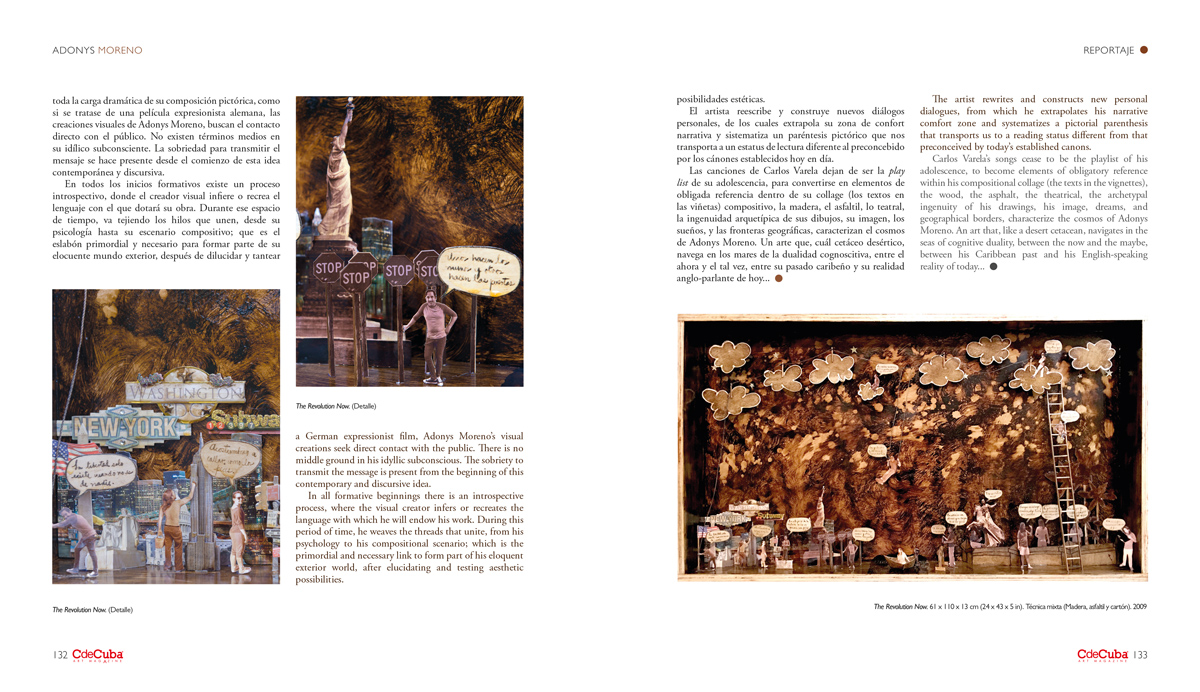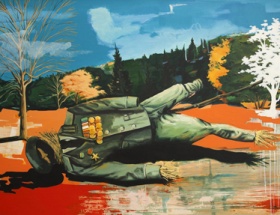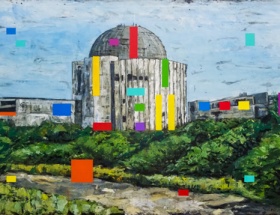The Longing for a Journey
By Alay Fuentes Bejerano
It’s becoming increasingly difficult to ascertain what is happening in contemporary Cuban art, as the plurality of aesthetic procedures is significantly impacting both within and outside traditional exhibition spaces. Various active artists, emerging talents, young and not so young, events, exhibitions, all form part of a cultural network that suggests a kind of artistic overproduction, which has caught the attention of a large number of experts and audiences in the local context, but above all, within the international art circuits.
We are witnessing a significant rise in interdisciplinary approaches and multiple artists. It is evident that an increasingly larger group of creators are embracing new languages, mediums, innovative techniques, and discourses to tackle prominent themes, subjects, and issues. In this way, they adhere to a Vygotskian multidisciplinarity, leaving behind the image of the artist immersed in a single medium. Without losing sight of the social integration of their aesthetic proposals within urban and suburban communities, they shape an art of processes, relationships, and interactions linked to micro-contexts, which define their actions and interventions in the social and political fabric.
The artistic work of Adonys Moreno is a phenomenon closely related to what has been exposed. His visual art is marked by an aesthetic of limitless proportions, blending the finest traditions of European art with those of Latin American artistic periods. He consciously assimilates these precepts and skillfully develops his taste for painting (asphalt), drawing, and collage. His works become so significant that they remind us of the first and second avant-garde of the twentieth century in Western Europe. Adonys transforms his creative art into new social, political, and cultural foundations. His creations are in constant motion. The reasons? The all-encompassing presence of his artistic-social past and the speed at which times change in his present.
It is possible to perceive in his work the development and attachment to an authentic formal balance between the artistic and the conceptual, between the dreamlike and the theatrical. The process of execution of this artist finds the right tools to give his creations their own voice, turning them into true soundtracks of boundary situations within his real world. The restless and perpetual precept of his staging conceives strategies to engage in dialogue with the common spectator.
His work is filled with a structured kineticism, turning his minimalist collage technique into theatrical frames, composing idyllic and intimate scenographies, he is capable of degrading various elements according to his message, and he constantly plays with our educated conscience.
The creative language masterfully transports us to a histrionic worldview, facilitating the visual understanding of its authentic essence, a relativity that narrates the cognitive journey of a son in search of his true Parmenidean self, which is also the journey Adonys embarks on to find his creative “self.”
The use of primary materials is brought up by the artist as a means of expression within his conciliatory perspective. Cut out photos are transformed into indispensable parts of the artwork, leaving their state of basic utility to enter into a perpetual figurative dialect. It all comes down to the act of communication between the artist and the object itself. Once this feeling is established, both enter into a process of mutual transfiguration. The ideal harmony for its decontextualization.
His self-referential theme becomes the leitmotiv of his artistic creations, carrying on his shoulders all the dramatic load of his pictorial composition, as if it were a German expressionist film, Adonys Moreno’s visual creations seek direct contact with the public. There is no middle ground in his idyllic subconscious. The sobriety to transmit the message is present from the beginning of this contemporary and discursive idea.
In all formative beginnings there is an introspective process, where the visual creator infers or recreates the language with which he will endow his work. During this period of time, he weaves the threads that unite, from his psychology to his compositional scenario; which is the primordial and necessary link to form part of his eloquent exterior world, after elucidating and testing aesthetic possibilities.
The artist rewrites and constructs new personal dialogues, from which he extrapolates his narrative comfort zone and systematizes a pictorial parenthesis that transports us to a reading status different from that preconceived by today’s established canons.
Carlos Varela’s songs cease to be the playlist of his adolescence, to become elements of obligatory reference within his compositional collage (the texts in the vignettes), the wood, the asphalt, the theatrical, the archetypal ingenuity of his drawings, his image, dreams, and geographical borders, characterize the cosmos of Adonys Moreno. An art that, like a desert cetacean, navigates in the seas of cognitive duality, between the now and the maybe, between his Caribbean past and his English-speaking reality of today…






